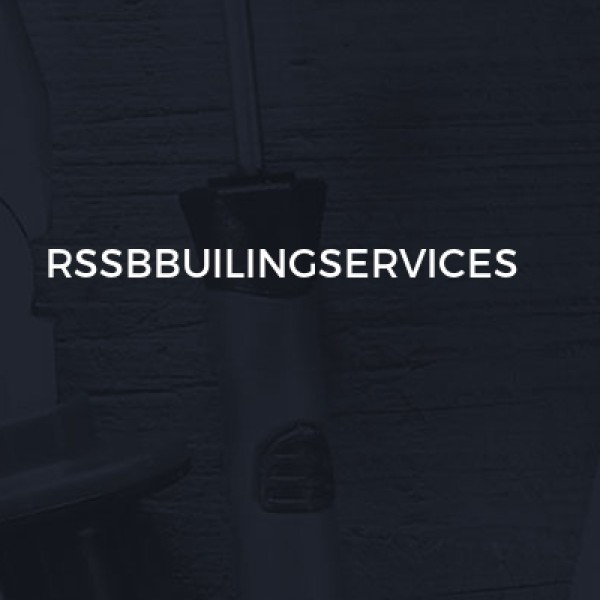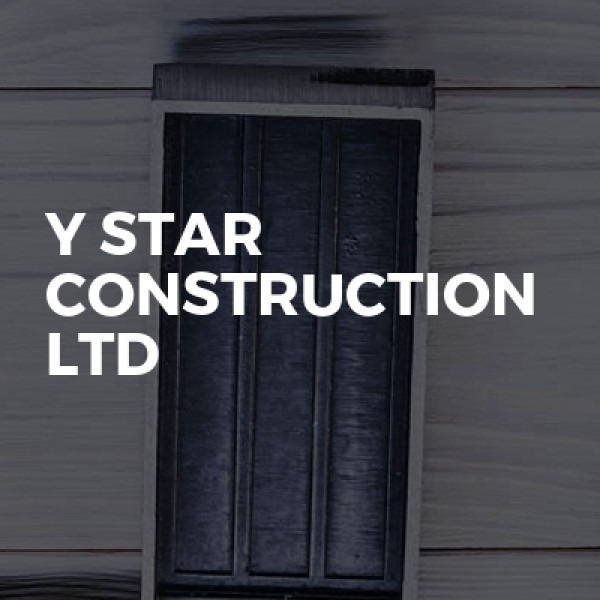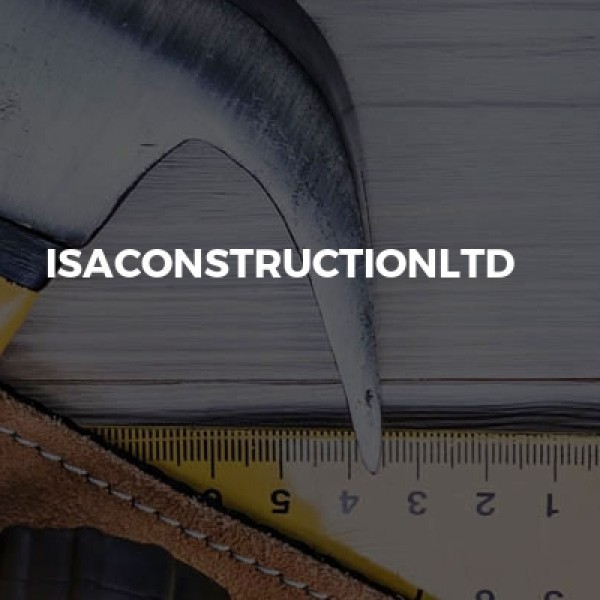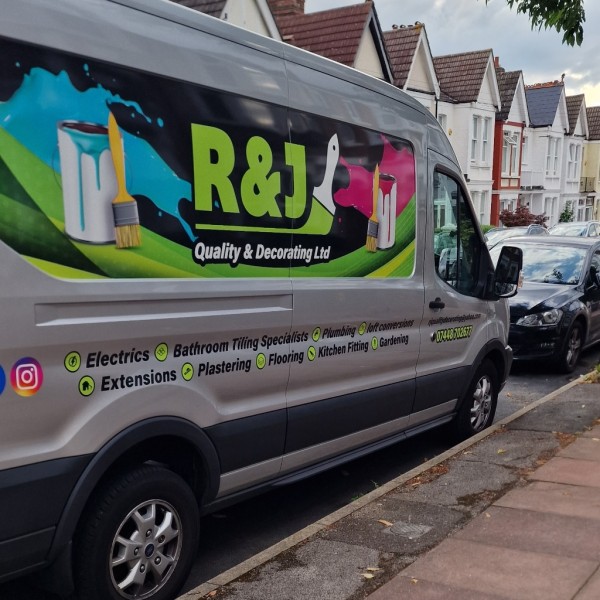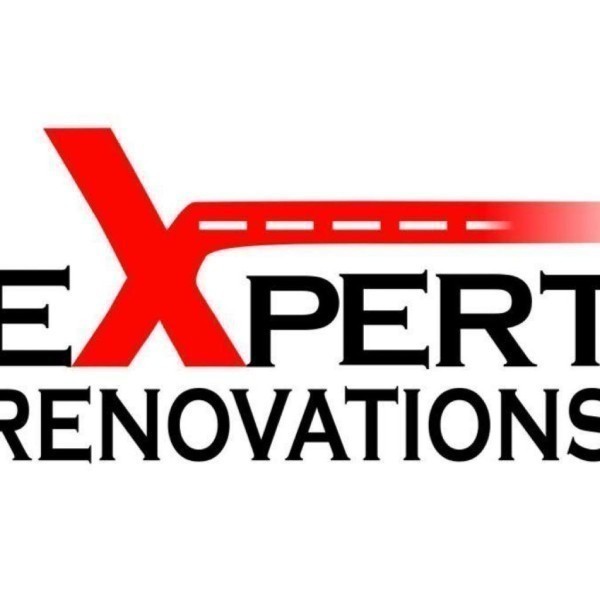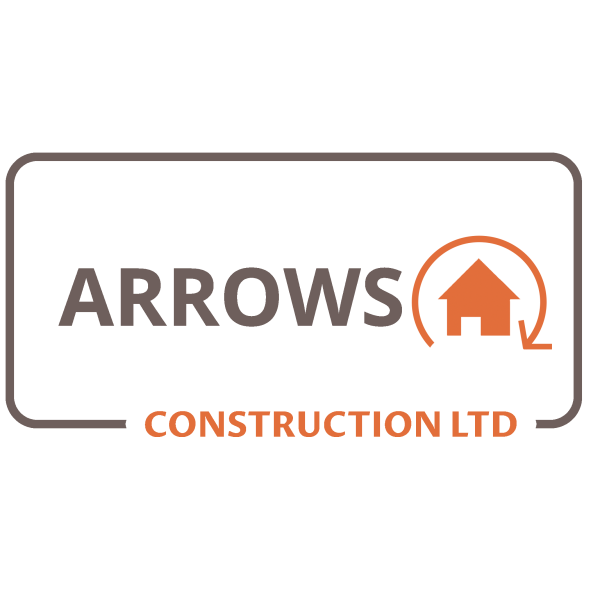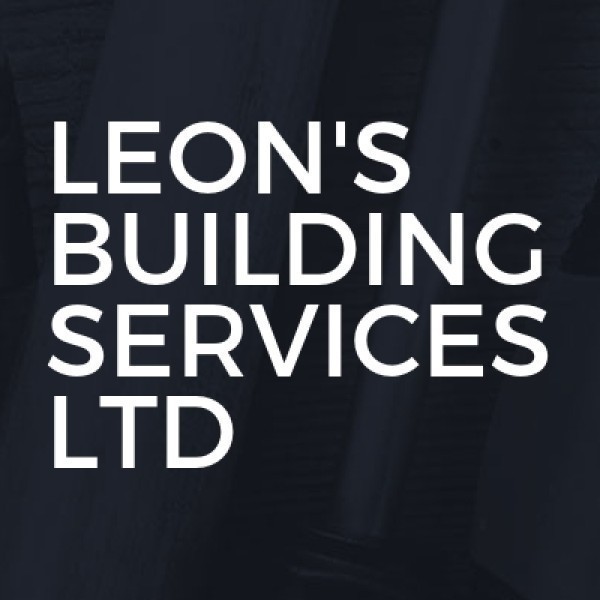Property Refurbishment in Catford
Filter your search
Post your job FREE and let trades come to you
Save time by filling out our simple job post form today and your job will be sent to trades in your area so you can sit back, relax and wait for available trades to contact you.
Post your job FREESearch Property Refurbishment in places nearby
Understanding Property Refurbishment in Catford
Property refurbishment in Catford is an exciting venture that offers homeowners and investors the opportunity to revitalise and enhance the value of their properties. Nestled in the heart of South East London, Catford is a vibrant area with a rich history and a promising future. Whether you're looking to update a tired interior, improve energy efficiency, or increase your property's market value, refurbishment can be a rewarding process. Let's delve into the various aspects of property refurbishment in Catford, exploring the benefits, challenges, and essential considerations.
The Benefits of Property Refurbishment
Refurbishing a property in Catford comes with a plethora of benefits. Firstly, it can significantly increase the market value of your home. By updating fixtures, improving layouts, and enhancing aesthetics, you can attract potential buyers or tenants willing to pay a premium. Additionally, refurbishment can improve the functionality and comfort of your living space, making it more enjoyable for you and your family.
Moreover, property refurbishment allows you to incorporate modern technologies and sustainable practices, reducing energy consumption and lowering utility bills. This not only benefits the environment but also adds to the long-term savings for homeowners. Furthermore, a well-refurbished property can stand out in the competitive Catford real estate market, ensuring quicker sales or rentals.
Planning Your Refurbishment Project
Before embarking on a refurbishment project, careful planning is crucial. Start by assessing the current condition of your property and identifying areas that require attention. Create a detailed budget that includes all potential costs, from materials and labour to permits and unexpected expenses. It's wise to allocate a contingency fund to cover any unforeseen issues that may arise during the refurbishment process.
Next, establish a clear timeline for your project. Consider the scope of work and the availability of contractors and materials. Setting realistic deadlines will help keep the project on track and minimise disruptions to your daily life. Additionally, obtaining the necessary permits and approvals from local authorities is essential to ensure compliance with building regulations and avoid potential legal issues.
Choosing the Right Professionals
Engaging the right professionals is a key factor in the success of your refurbishment project. In Catford, there are numerous skilled contractors, architects, and interior designers who can bring your vision to life. When selecting professionals, consider their experience, reputation, and portfolio of past projects. It's advisable to obtain multiple quotes and conduct interviews to ensure you find the best fit for your needs.
Communication is vital throughout the refurbishment process. Clearly convey your expectations and requirements to the professionals you hire. Regular updates and site visits will help ensure that the project progresses smoothly and any issues are addressed promptly. Building a strong working relationship with your team will contribute to a successful outcome.
Incorporating Sustainable Practices
In today's environmentally conscious world, incorporating sustainable practices into your refurbishment project is both responsible and beneficial. Consider using eco-friendly materials, such as reclaimed wood or recycled metal, to reduce the environmental impact of your renovation. Installing energy-efficient appliances and lighting can significantly lower your property's carbon footprint and utility costs.
Additionally, consider implementing renewable energy solutions, such as solar panels or heat pumps, to further enhance your property's sustainability. These investments not only contribute to a greener future but also increase the appeal of your property to environmentally conscious buyers or tenants.
Enhancing Aesthetic Appeal
The aesthetic appeal of your property plays a crucial role in its overall value and desirability. During the refurbishment process, focus on creating a cohesive and visually pleasing design. Choose a colour palette that complements the architectural style of your property and reflects your personal taste.
Updating fixtures, fittings, and finishes can transform the look and feel of your home. Consider modernising kitchens and bathrooms, as these are often key selling points for potential buyers. Incorporating contemporary design elements, such as open-plan layouts and large windows, can create a sense of space and light, enhancing the overall ambience of your property.
Improving Functionality and Layout
Refurbishment provides an excellent opportunity to improve the functionality and layout of your property. Assess the flow of your living spaces and consider making structural changes to enhance usability. Open-plan designs are increasingly popular, as they create a sense of spaciousness and facilitate social interaction.
Consider the needs of your household and how the space can be optimised to accommodate them. For example, creating additional storage solutions or converting underutilised areas into functional spaces can greatly enhance the practicality of your home. Thoughtful design choices can make a significant difference in the day-to-day enjoyment of your property.
Addressing Structural Issues
During the refurbishment process, it's essential to address any underlying structural issues that may affect the integrity of your property. Conduct a thorough inspection to identify problems such as dampness, subsidence, or faulty wiring. Addressing these issues early on will prevent further damage and ensure the safety and longevity of your home.
Engage qualified professionals to assess and rectify any structural concerns. This may involve reinforcing foundations, repairing roofs, or upgrading electrical systems. While these tasks may add to the overall cost of your refurbishment, they are crucial investments in the long-term stability and value of your property.
Maximising Energy Efficiency
Energy efficiency is a key consideration in modern property refurbishment. By improving insulation, upgrading windows, and installing energy-efficient heating systems, you can significantly reduce your property's energy consumption. This not only lowers utility bills but also enhances the comfort of your home.
Consider incorporating smart home technologies that allow you to monitor and control energy usage remotely. Programmable thermostats, smart lighting, and energy-efficient appliances can contribute to a more sustainable and cost-effective living environment. These features are increasingly sought after by buyers and tenants, adding to the appeal of your refurbished property.
Navigating Legal and Regulatory Requirements
Property refurbishment in Catford, like any other area, requires adherence to legal and regulatory requirements. Familiarise yourself with local building codes and regulations to ensure compliance throughout the refurbishment process. This includes obtaining necessary permits for structural changes, electrical work, and plumbing installations.
Engage with local authorities and seek professional advice to navigate the legal landscape effectively. Failure to comply with regulations can result in fines, delays, or even the need to undo completed work. By staying informed and proactive, you can ensure a smooth and legally compliant refurbishment project.
Budgeting for Your Refurbishment
Creating a comprehensive budget is a fundamental step in any refurbishment project. Begin by listing all anticipated expenses, including materials, labour, permits, and contingency funds. Research the costs of materials and services in Catford to ensure your budget is realistic and accurate.
It's important to prioritise spending based on the areas that will provide the greatest return on investment. For example, kitchen and bathroom upgrades often yield significant value increases. Regularly review and adjust your budget as the project progresses to account for any changes or unexpected costs.
Managing the Refurbishment Timeline
Effective time management is crucial to the success of your refurbishment project. Establish a detailed timeline that outlines each phase of the renovation, from planning and design to construction and completion. Consider the availability of contractors, materials, and any potential delays that may arise.
Regularly communicate with your team to ensure everyone is aligned with the timeline and aware of their responsibilities. Flexibility is key, as unforeseen challenges may require adjustments to the schedule. By staying organised and proactive, you can minimise disruptions and keep your project on track.
Ensuring Quality Workmanship
The quality of workmanship is a critical factor in the success of your refurbishment project. Engage reputable contractors and tradespeople who have a proven track record of delivering high-quality work. Request references and visit past projects to assess the standard of their craftsmanship.
Regular site visits and inspections will help ensure that the work is being carried out to your satisfaction. Address any concerns or discrepancies promptly to maintain the integrity of the project. By prioritising quality, you can achieve a refurbishment that meets your expectations and stands the test of time.
Preparing for Unexpected Challenges
Refurbishment projects often come with unexpected challenges that can impact timelines and budgets. It's important to be prepared for these eventualities and have contingency plans in place. Allocate a portion of your budget to cover unforeseen expenses, such as structural repairs or additional materials.
Maintain open lines of communication with your team to address any issues as they arise. Flexibility and adaptability are key to navigating challenges effectively. By anticipating potential obstacles and having strategies in place, you can minimise disruptions and keep your project on track.
Celebrating the Completion of Your Refurbishment
Completing a refurbishment project is a significant achievement that deserves celebration. Take the time to appreciate the transformation of your property and the hard work that went into making it a reality. Host a gathering with friends and family to showcase your newly refurbished home and enjoy the fruits of your labour.
Reflect on the lessons learned throughout the process and consider how they can inform future projects. Whether you're planning to sell, rent, or continue living in your refurbished property, take pride in the value and beauty you've added to your home in Catford.
Frequently Asked Questions
What is the average cost of property refurbishment in Catford?
The cost of property refurbishment in Catford varies depending on the scope of the project, materials used, and labour costs. On average, homeowners can expect to spend between £20,000 and £50,000 for a comprehensive refurbishment.
How long does a typical refurbishment project take?
The duration of a refurbishment project depends on its complexity and size. A standard project may take anywhere from 3 to 6 months, while larger or more intricate renovations could extend beyond a year.
Do I need planning permission for property refurbishment in Catford?
Planning permission is not always required for refurbishment projects, but it depends on the nature of the work. Structural changes, extensions, or alterations to listed buildings may require permission from local authorities.
Can I live in my property during refurbishment?
Living in your property during refurbishment is possible, but it may be challenging depending on the extent of the work. Consider temporary accommodation if the renovation involves significant disruption or safety concerns.
How can I ensure my refurbishment is environmentally friendly?
To ensure an environmentally friendly refurbishment, use sustainable materials, incorporate energy-efficient appliances, and consider renewable energy solutions. Consult with professionals who specialise in eco-friendly renovations for guidance.
What should I prioritise in my refurbishment project?
Prioritise areas that will provide the greatest return on investment, such as kitchens and bathrooms. Additionally, address any structural issues and focus on improving energy efficiency and aesthetic appeal.




